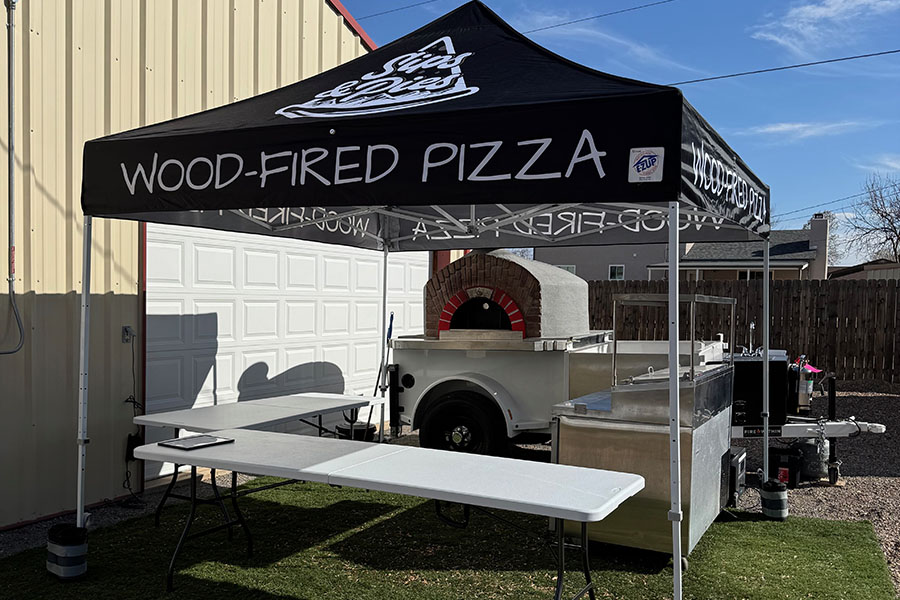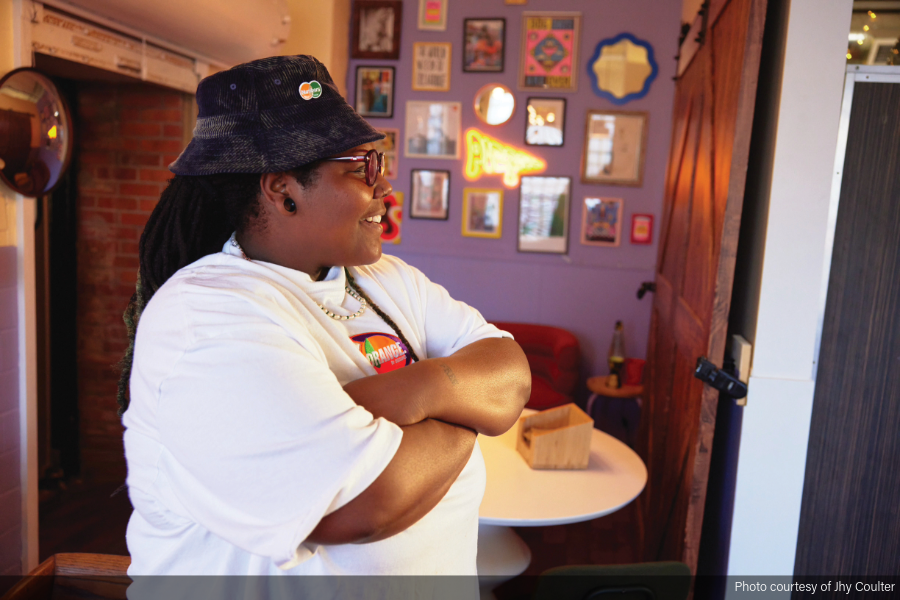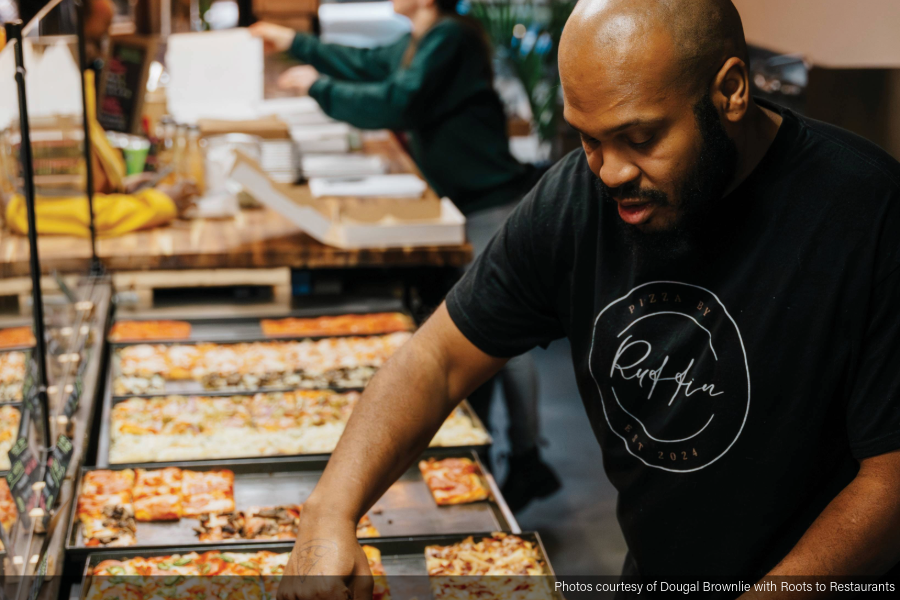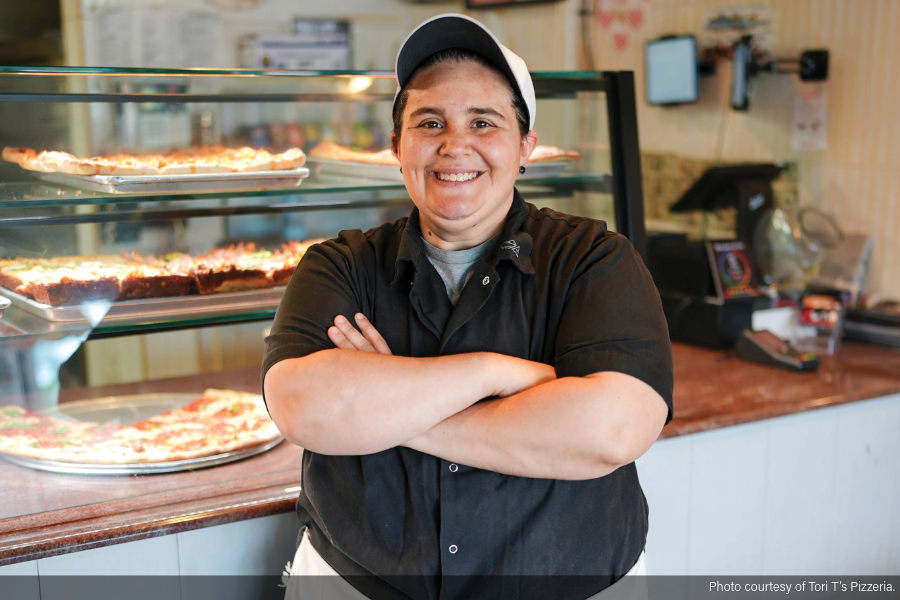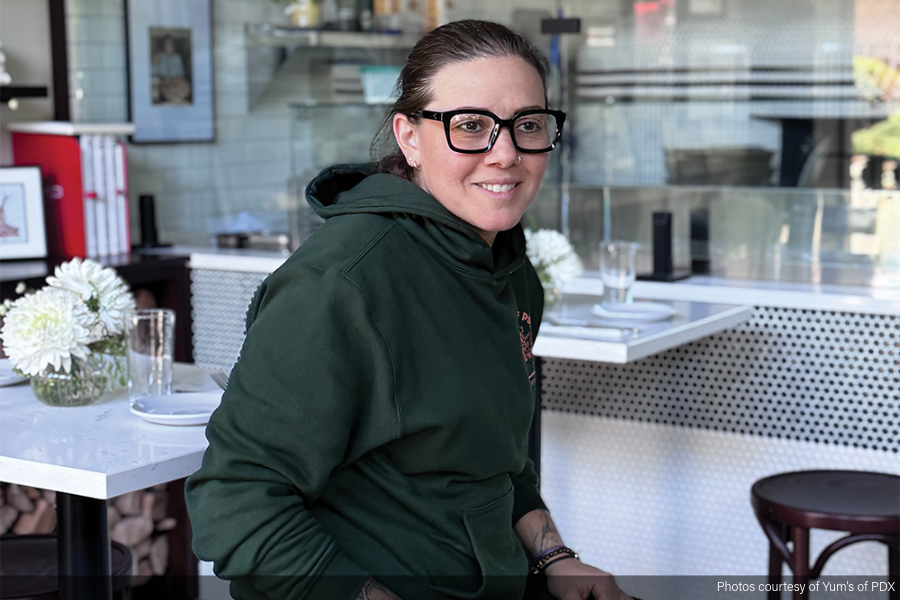
Updating Your Kitchen Workhorses
Pizza comes to life in the kitchen. Thus, it’s essential to put in the right appliances to make and sell pies. Yet there’s no guidebook to follow when buying an oven or dough mixer, as your specific needs will depend on factors ranging from your pizza style to your production needs and budget. “Purchasing equipment for a pizza restaurant is a big undertaking,” says Chuck Sillari, founder of Mortadella Head in Somerville, Massachusetts.
The next time you need to invest in kitchen equipment, use the following criteria to decide which model to get.
The Pros and Cons of Buying Used
“There are always restaurants going out of business, which means used equipment is always an easy option,” says Sillari, who has purchased equipment for several establishments. In addition to used pieces being readily available, the price is typically lower than what you’ll pay for new equipment. In his experience, Sillari has occasionally purchased multiple pieces for a really good deal at auctions for eateries going out of business. “We’ll buy a few pieces that we don’t even need in the present moment, and put them away for that time to come,” he says. This strategy works well if you have room to store pieces that you can then bring out later when they are needed.
Getting used equipment has certain drawbacks, including the form of payment. You may have to pay for the equipment up front rather than making installments over time through financing plans. Furthermore, you won’t get a warranty, notes Avni Latifi, owner of Harry’s Pizza Market in Sheboygan, Wisconsin. There are usually no written manuals included in used gear and you could have a hard time getting technical support if the equipment breaks down. It can also be tough to find a size that fits exactly in the kitchen space you currently have.
When to Purchase New Equipment
“Buying new equipment makes it easier to design your ideal kitchen,” Sillari says. “You’ll be able to order pieces of equipment that will fit where you need them.” You’ll also often get a warranty that will cover costs if something needs to be fixed or replaced. Generally, it costs more to buy new equipment, but you can often get financing options to spread out payments.
The style of pizza you produce can also help guide the decision-making process. In 2019, Latifi went to Miami, Florida, to attend the Roman Pizza Academy, LLC. He got certified in Roman Al Taglio Pizza and now runs Harry’s Pizza Market with his wife Laurie. Their eatery is the first certified Roman al Taglio-style pizza restaurant in the state of Wisconsin.
During his training sessions at the Roman Pizza Academy, Latifi got to see firsthand the oven used in class that was specifically designed for Roman al Taglio pizza. It was a Moretti Forni Pizza Oven (P120E B2X) from Ampto. He found it to be durable and selected the same model for his restaurant. The oven, along with the pieces that go with it such as blue steel pans that are cured and then used to cook the pizzas, work well together. The pans have an X formed in them and the bottom rises slightly, coinciding with the X formation. This way, “the heat gets under it,” Latifi says. “The bottom looks like it gets done perfectly, which is very hard to achieve with a wood or gas oven.”
Think about Parts
Whether you purchase new or used kitchen equipment, consider the manufacturer. Check if the company has been in business for an extended period, if it has a good reputation, and if it makes parts for the model you’re considering. A well-established company that produces consistent parts over time could be helpful if you need to repair an appliance. “A good example is Bakers’ Pride ovens,” says Nancy Jo Seaton, president and owner of Seaton Food Consultants. “They last a very long time and the manufacturer does not go through dramatic model renovation, so parts are readily available, even for the very old models.”
Consider Visibility
For equipment that will be tucked away behind doors in the kitchen, you may not have to worry that much about appearance. In places set up to give customers a full culinary experience and watch food being prepared, looks will play a bigger role. “If you’re going to hide it in the back, dents and scratches won’t matter,” says Seaton, who has a background in pizza equipment sales. “If it will be customer facing, it better be beautiful.”
Look at Temperature
Kitchen equipment can impact your place’s HVAC system. Once after purchasing used equipment, Sillari found it threw the balance off in the kitchen. “Buying new equipment allows you to understand how it will impact the temperature in the kitchen, which in turn will allow the equipment to run better,” he says. “This is especially true when it comes to refrigerated pizza benches.”
Evaluate the Need for Training
“Who’s using the equipment?” Seaton asks. If you get a good deal on a piece of equipment that requires many steps or special skills to use correctly, you may have to train staff members so they can operate it. If it’s complicated to carry out a process on a piece of equipment, you also run the risk of workers causing harm to the machine. “Sometimes it’s prudent to pay a bit extra for ease of operations to avoid unnecessary damage through misuse,” Seaton says.
How to Calculate the ROI
When selecting kitchen pieces, you’ll want to make sure you get a solid return. “In the end, you should choose equipment that will deliver on your investment,” says Nancy Jo Seaton, president and owner of Seaton Food Consultants. “Make sure it pays for itself over a reasonable amount of time.” For example, say you’re going to make 100 pizzas a day at a profit of $10 each, and the oven you’re considering costs $10,000. It will take 100 operating days to pay for the oven.
RACHEL HARTMAN is a freelance writer who covers small business, finance and lifestyle topics.

